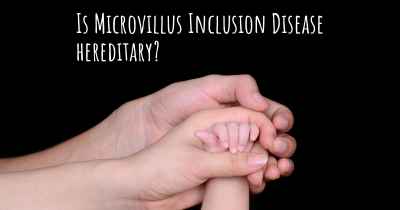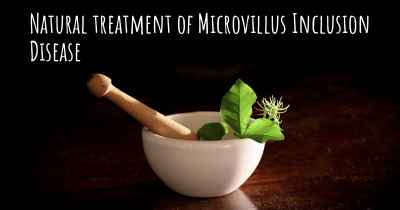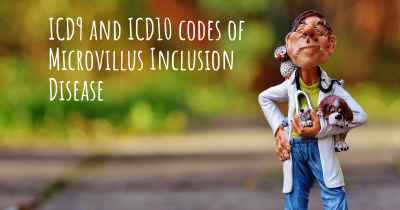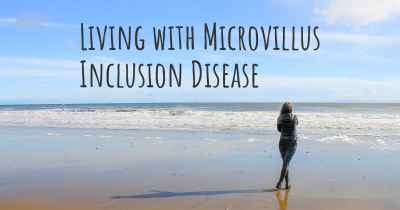Which are the symptoms of Microvillus Inclusion Disease?
See the worst symptoms of affected by Microvillus Inclusion Disease here
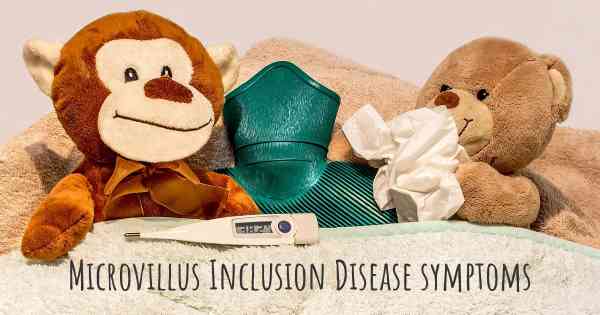
Microvillus Inclusion Disease (MVID), also known as congenital microvillus atrophy, is a rare genetic disorder that affects the function of the small intestine. It is characterized by severe diarrhea that begins shortly after birth and leads to life-threatening complications if not properly managed.
The primary symptom of MVID is watery diarrhea, which is often persistent and profuse. This diarrhea is typically present within the first few days of life and can lead to dehydration, electrolyte imbalances, and malnutrition. The stool may appear frothy, watery, and voluminous. Infants with MVID may pass stools more than 10-20 times per day, which can be difficult to control.
In addition to diarrhea, other symptoms of MVID may include:
- Failure to thrive: Infants with MVID may have difficulty gaining weight and growing at a normal rate due to the malabsorption of nutrients.
- Vomiting: Some affected infants may experience frequent episodes of vomiting, which can further contribute to dehydration and electrolyte imbalances.
- Electrolyte abnormalities: MVID can disrupt the balance of electrolytes in the body, leading to low levels of sodium, potassium, and chloride. This can cause weakness, muscle cramps, and irregular heart rhythms.
- Metabolic acidosis: The excessive loss of bicarbonate in the stool can result in an accumulation of acid in the blood, leading to metabolic acidosis. This can cause symptoms such as rapid breathing, lethargy, and poor feeding.
- Intestinal inflammation: The chronic diarrhea associated with MVID can lead to inflammation and damage to the lining of the small intestine, further impairing its ability to absorb nutrients.
- Abdominal distension: Some infants with MVID may develop a swollen abdomen due to the accumulation of gas and fluid in the intestines.
MVID is a genetic disorder caused by mutations in certain genes involved in the formation and function of microvilli, which are tiny projections on the surface of intestinal cells that increase the surface area for nutrient absorption. The exact mechanism by which these mutations lead to the symptoms of MVID is not fully understood.
Diagnosis of MVID is typically made based on the clinical presentation, including the characteristic symptoms of severe diarrhea and failure to thrive. Additional tests may be performed to rule out other causes of chronic diarrhea and to assess the extent of intestinal damage.
Treatment for MVID primarily focuses on managing the symptoms and preventing complications. This often involves providing adequate hydration and nutrition through intravenous fluids and specialized formulas that are easier to digest. In some cases, a small bowel transplant may be considered for individuals with severe complications or failure to respond to other treatments.
In conclusion, Microvillus Inclusion Disease is a rare genetic disorder characterized by severe diarrhea, failure to thrive, electrolyte abnormalities, and intestinal inflammation. Early diagnosis and appropriate management are crucial to prevent life-threatening complications and improve the long-term outcomes for affected individuals.


